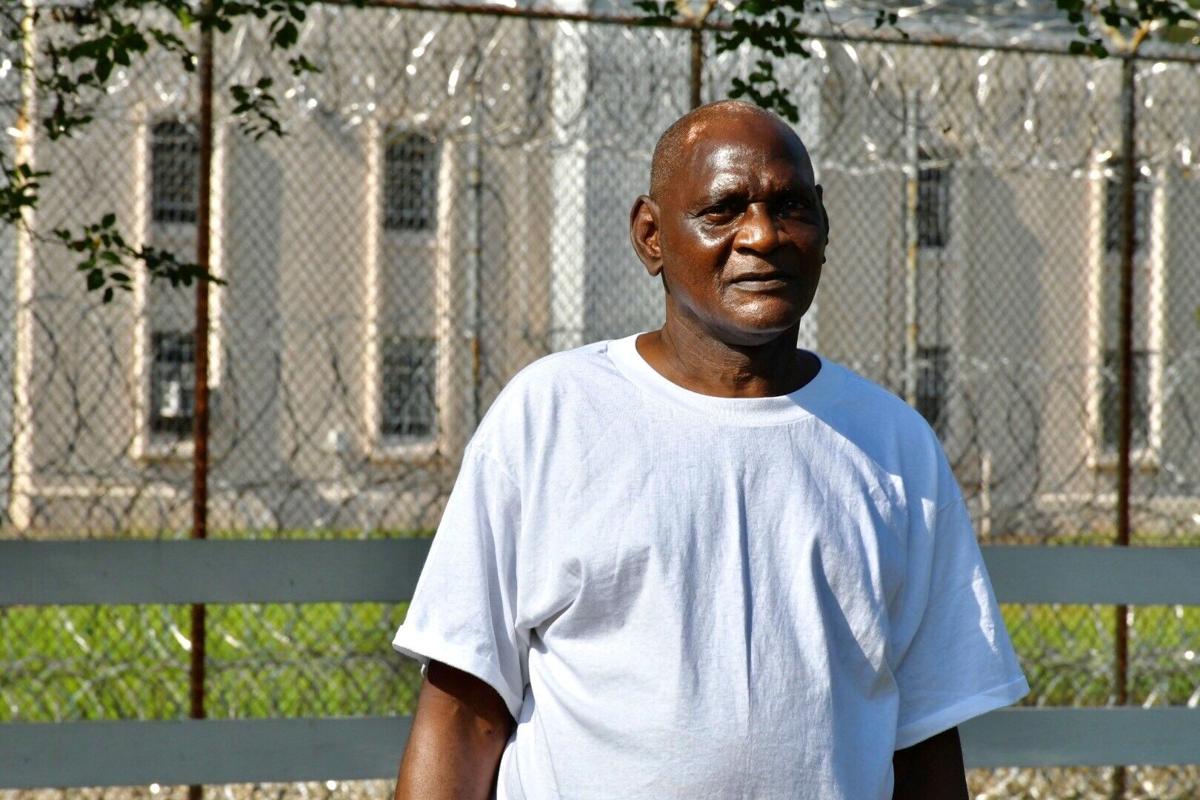
Pose (FX, 2018-) is a TV drama revolving around the lives of Black and Latine transgender women and gender-nonconforming gay men in New York City’s 1980s Drag Ball culture. The series follows Blanca Rodriguez as she breaks away and forms her own “House” (a group that competes in Drag Balls, but also a surrogate family for those who have no other home.) The series grapples with difficult topics, including the plight of the subaltern, and the relative benefits of assimilation, both on the personal level- “passing” for the transgender characters- and the macro level- the struggle for acceptance, or even survival, in a world that would rather pretend that they didn’t exist.
The characters featured in Pose can be identified as subaltern because, while they are living in one of the most prosperous cities in the world, they are, almost entirely, confined to its underbelly. Because of hiring discrimination on the basis of their race and transgender status, they are confined to low paying or under the table jobs- Blanca works in a nail salon, but many of her “children” and peers survive off sex work, stripping, and being sugar babies (receiving money and shelter in exchange for a, mostly carnal, relationship.) Even the highly-marginalized (white) gay men of the 1980s, will not let Blanca into their bars and establishments.
Season 1 features a B plot that follows the relationship between Angel, an Afro-Latina transgender woman, and Stan, a white middle class married father of 2. Stan is a foil to the other, subaltern, characters- he has social status, and “prospects,” but still he is not happy. He describes Angel as the first “real” and “authentic” experience in his life, and says to her, ‘’I’m no one. I want what I’m supposed to want, I wear what I’m supposed to wear, and I work where I’m supposed to work… I don’t live. I don’t believe. I accumulate. I’m a brand – a middle-class white guy.” Eventually, Angel brings Stan to a Drag Ball, where he is overwhelmed and panics. He expresses that that is not the life for him- he tries to “rescue” Angel from this life- her life- but she refuses.
The biggest question Pose raises is in relation to assimilation and mainstream acceptance. Obviously, we are meant to sympathize with Blanca and her struggle to be accepted by the mainstream gay/queer community, but scenes like Stan trying to “save” Angel, and other smaller parts involving characters being discouraged from participating in balls in favor of more “acceptable” activities raises questions about what queer culture has lost since the 1980s in return for mainstream acceptance. Stan is a complicated character, but he is sympathetic at times, especially for a queer person in 2018/2020- I’ve felt the pull to cut my hair, through out my skirts, get a job as a lawyer doing something safe and profitable, because that’s now something obtainable for a transgender person- but what part of myself would I lose?




